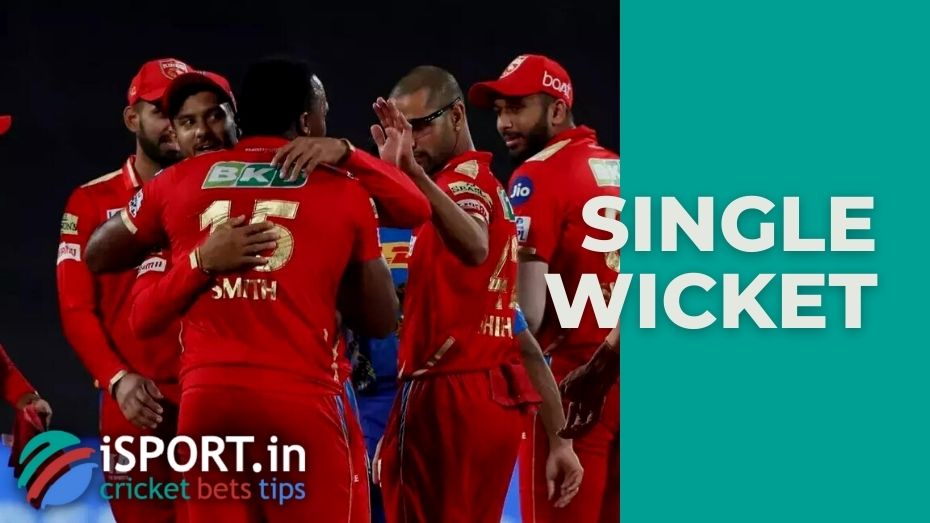Single wicket

Test cricket is often regarded as the most challenging version of the game due to the fact that matches in this format may run for as long as five days. Twenty20 is the international version of the game that is the quickest and fastest to play. It is a bit easier than one-day internationals. Nevertheless, cricket has been such a well-liked sport for a considerable number of decades that has many more formats, some of which are being played while others have long since been a part of history. Single wicket is one of these forms that can be used.
What is a Single Wicket in Cricket?
While the other players are on the field, this style of play is a variation of cricket in which two players compete against each other and take turns playing the roles of a batsman and a bowler. Each player is competing against the other. The number of overs that are played during each inning is often two or three and consists of one wicket.
The basic rules of the match in the single wicket format are as follows:
- There is no difference between this format of cricket and any other format of a cricket match in terms of the regulations that govern the rules that pertain to essential aspects such as the method of deciding the winner, the technique of scoring points, and the way of designating the positions of the players.
- The name of the single wicket format does not allude to the shape of the wicket, which does not alter under this format. Rather, it refers to the fact that a match is played between individual players rather than between two teams.
- As a general rule, the game consists of between sixteen and twelve cricket players who compete against one another while being paired up.
- A matchup between player A and player B takes place in the first round. Play begins with player A serving, followed by player B hitting, and then the players trade places. The person who scores the most points or knocks out their opponent advances to the next round.
- In the event that there are sixteen cricket players competing, eight of them will advance to the second round, and so on until the champion is selected.
- Some players are on the field as fielders (including as wicket-keepers), while others are getting ready to fulfill the role of a batter or bowler (for example, putting on ammo). This cycle continues until all of the players have been utilized.
This style was popular in the 18th century and was played more often than traditional cricket, which had two sides. There was a dip in popularity later on, but the game had a renaissance in the early part of the nineteenth century. In this format, there was an excessive amount of match-fixing that occurred when sportsmen tried to gain more money through bets. This was the difficulty with this format.
Over time, this format was replaced by other, classic formats, and now single wicket is played, for the most part, at the amateur level.
